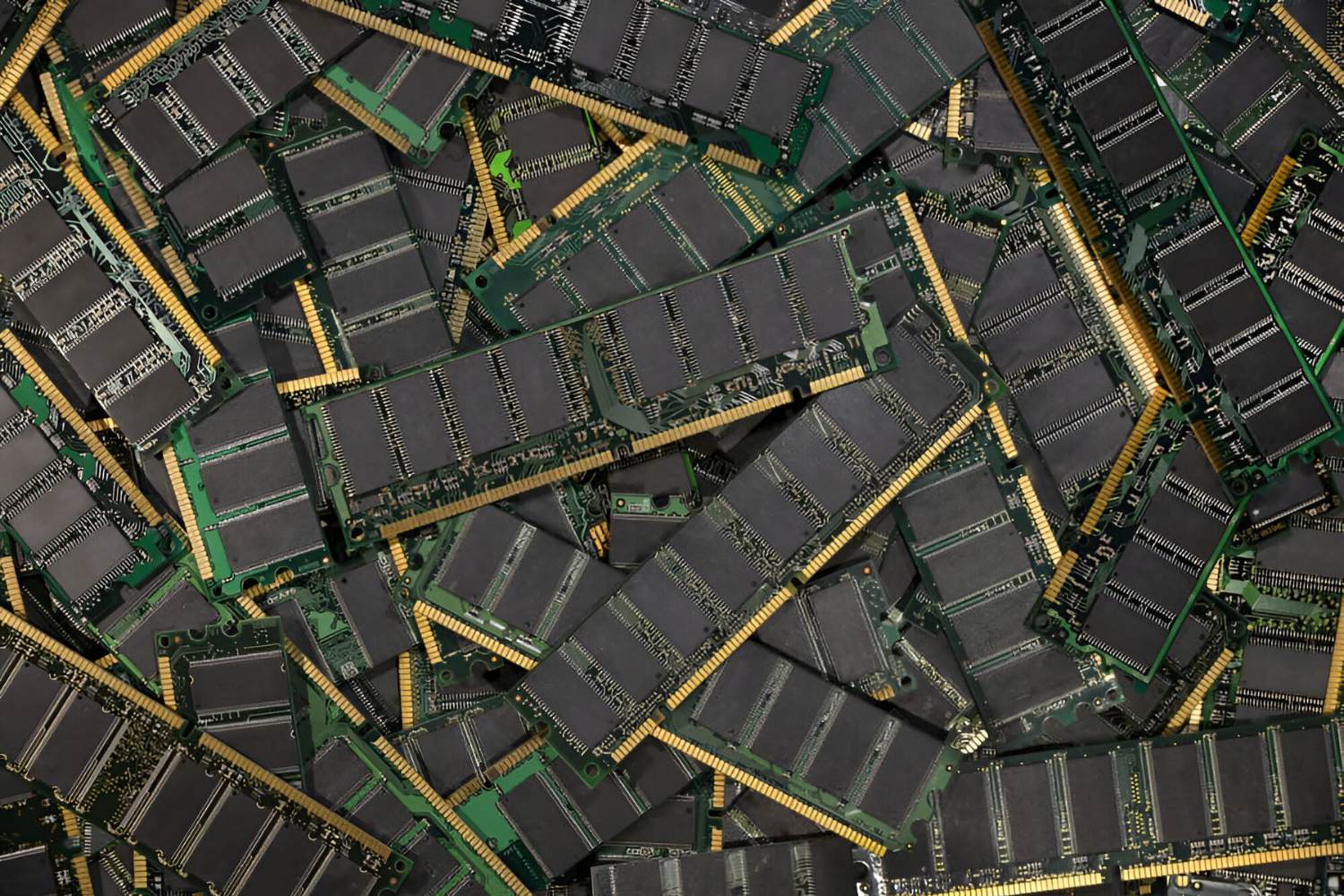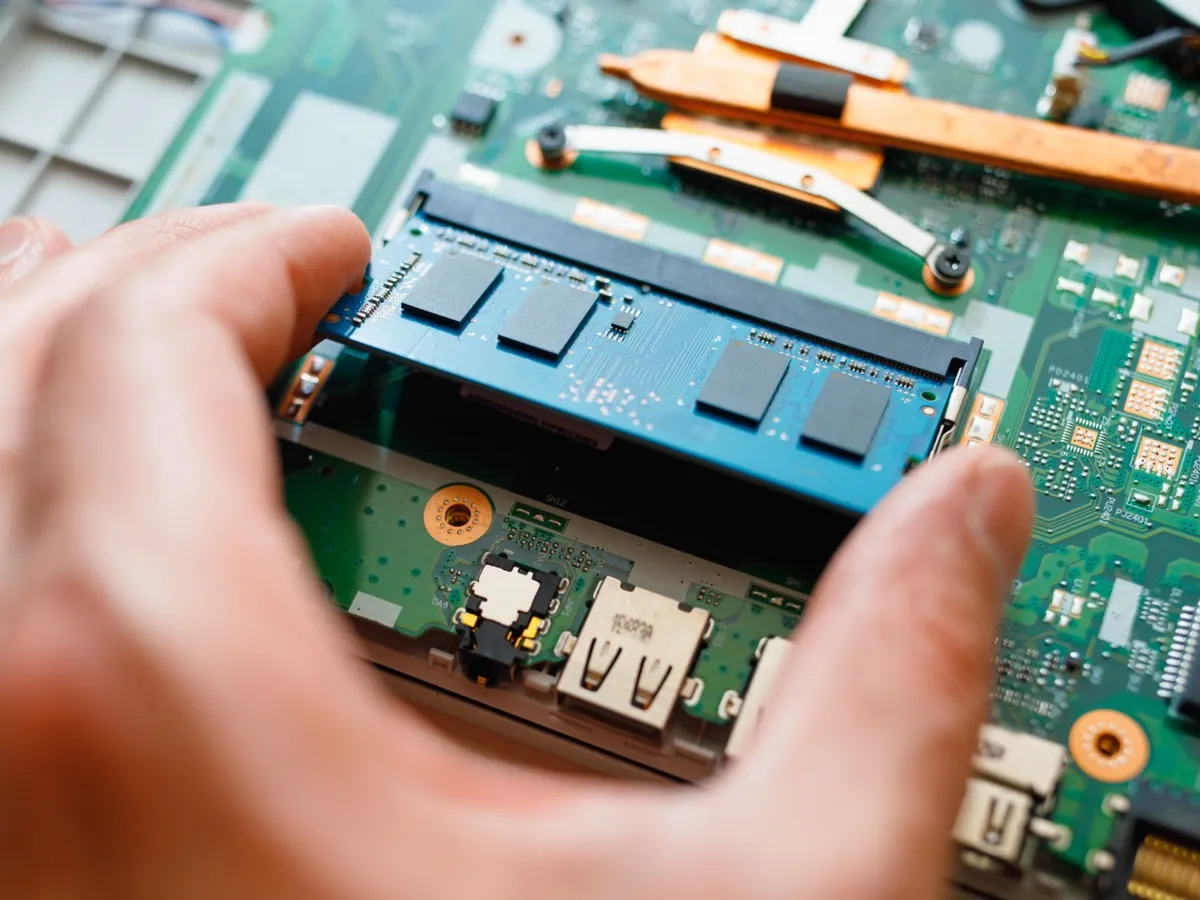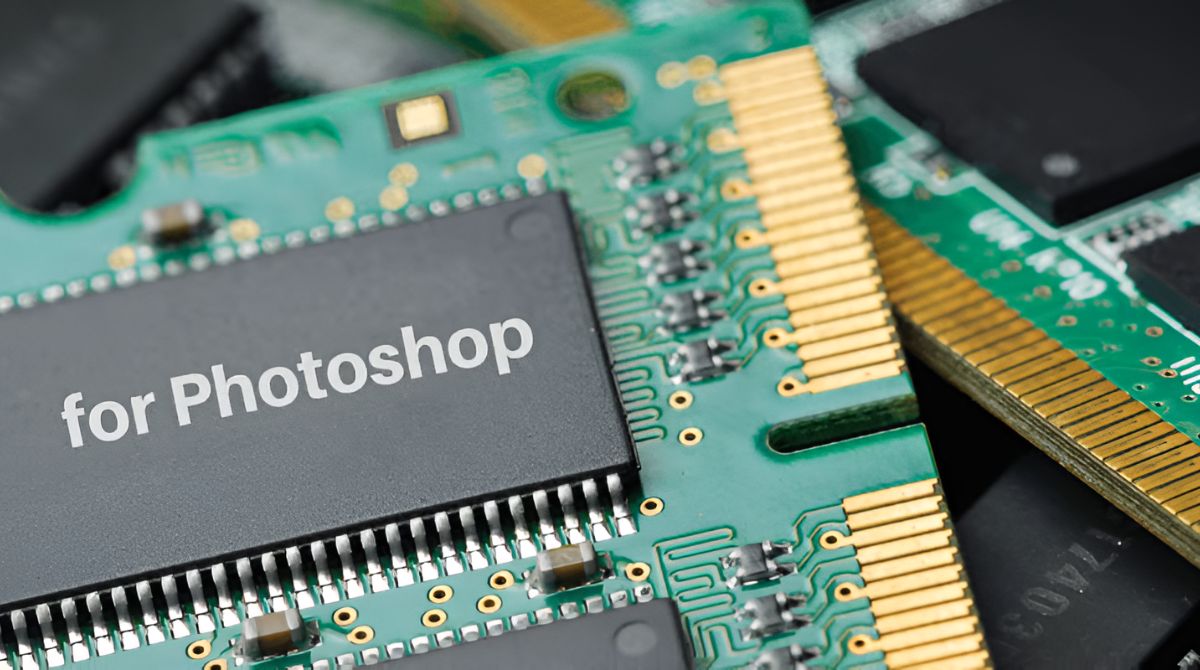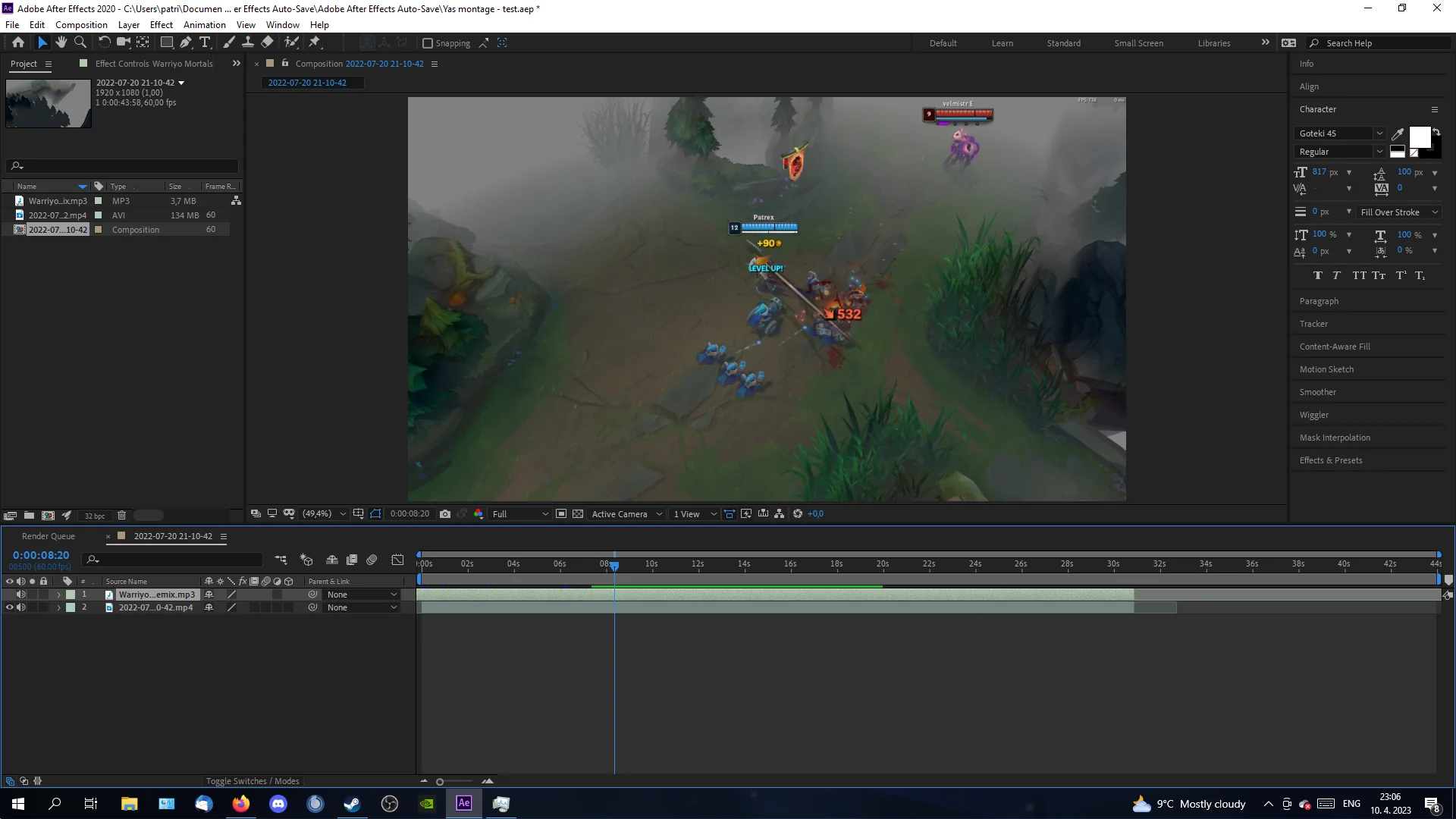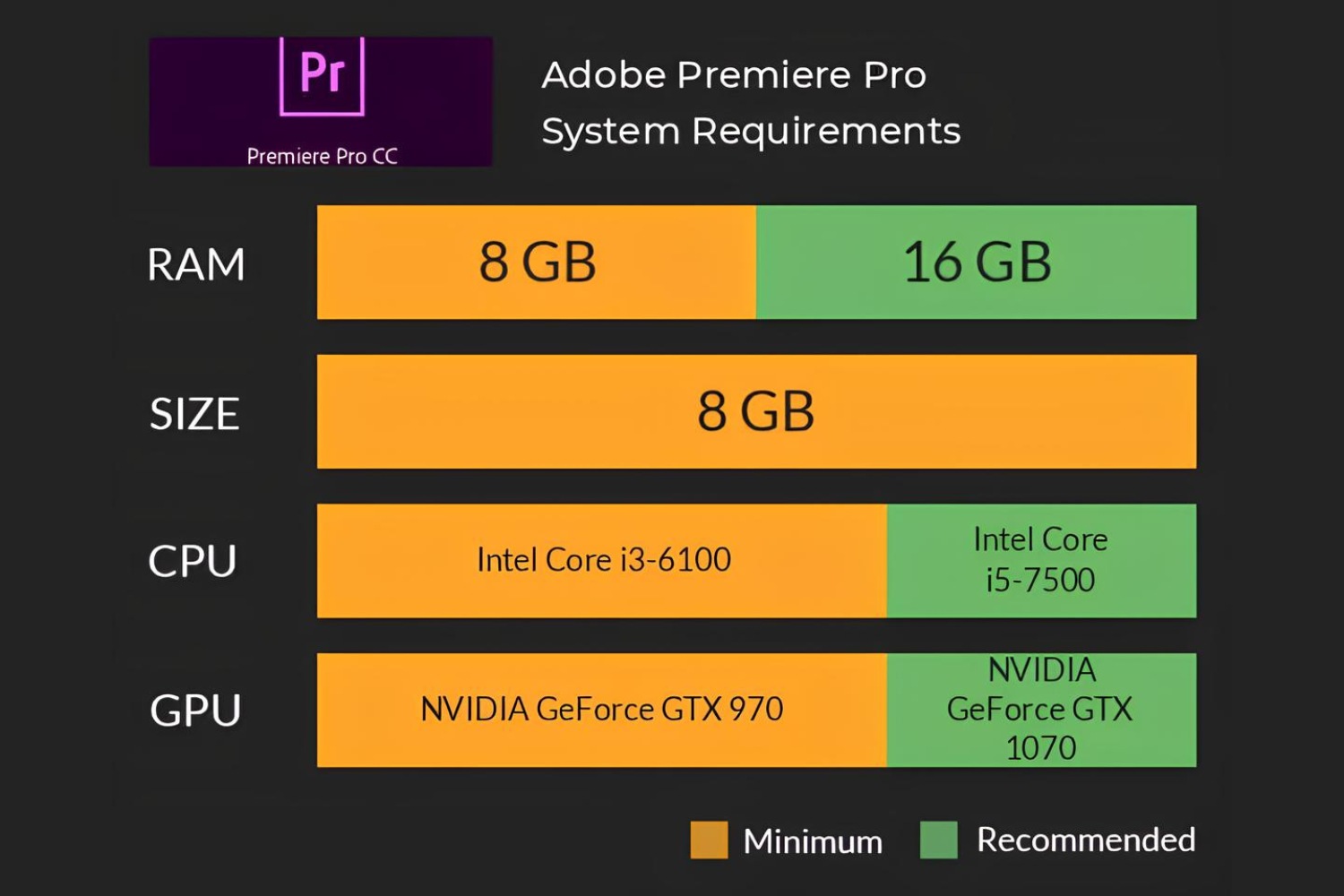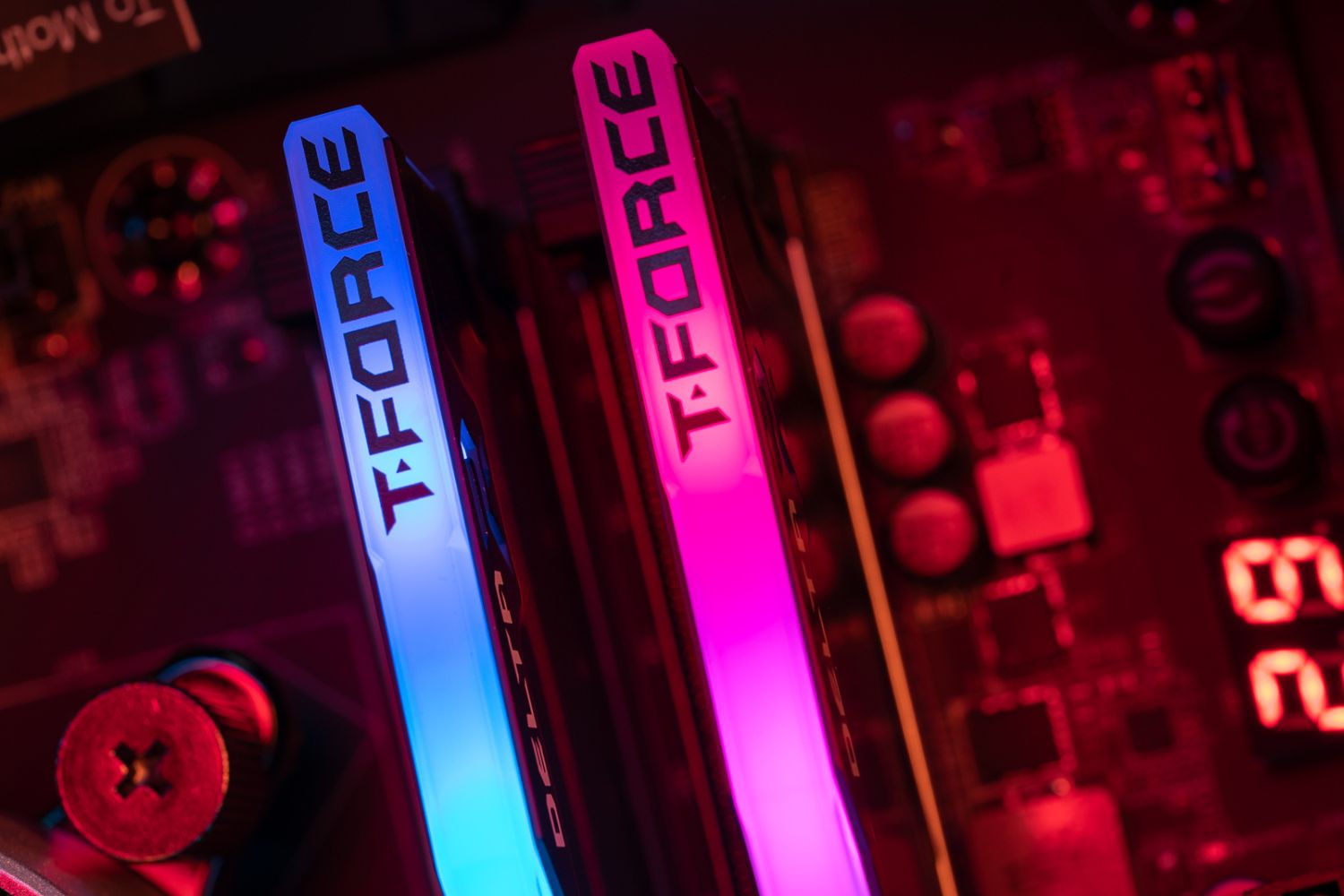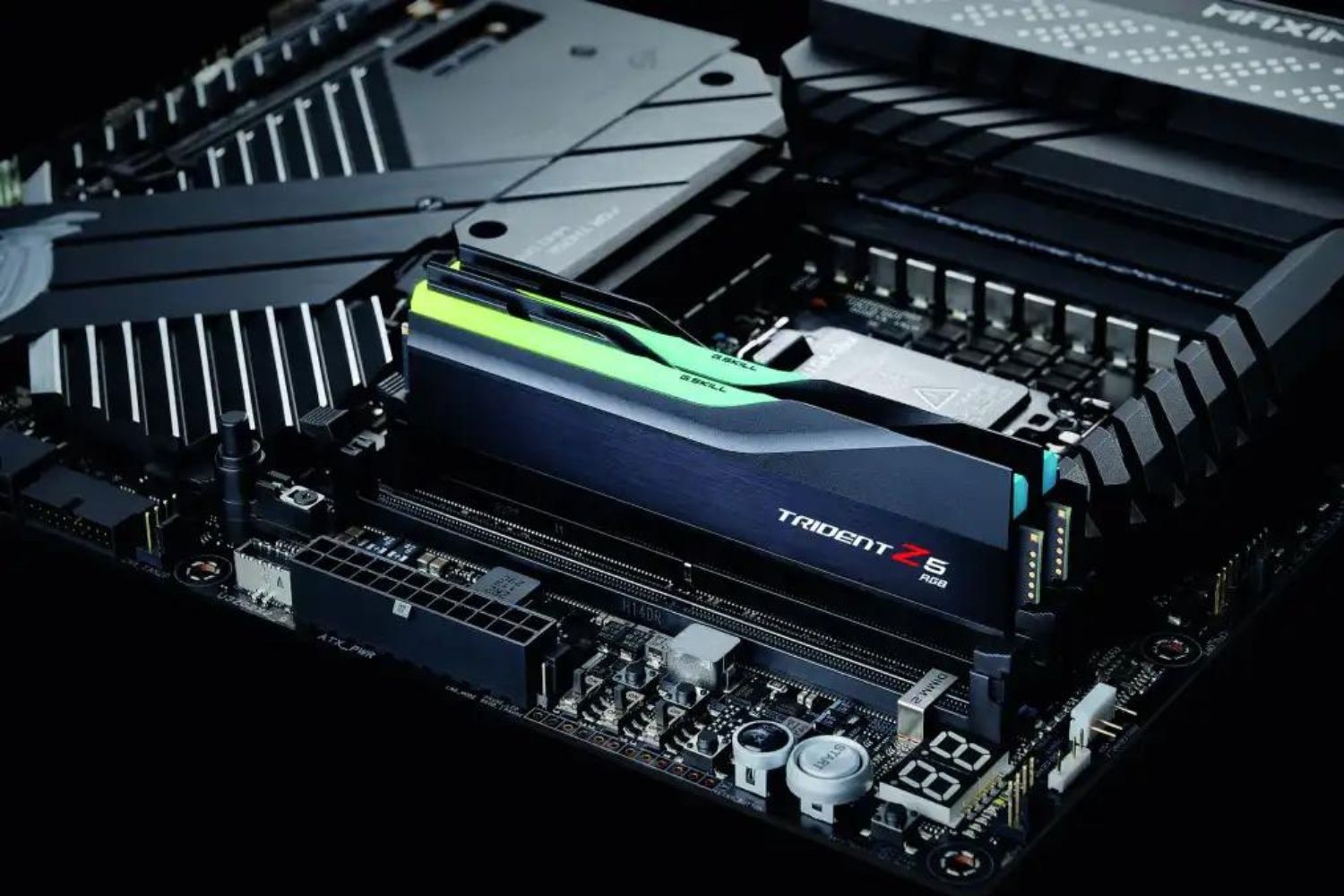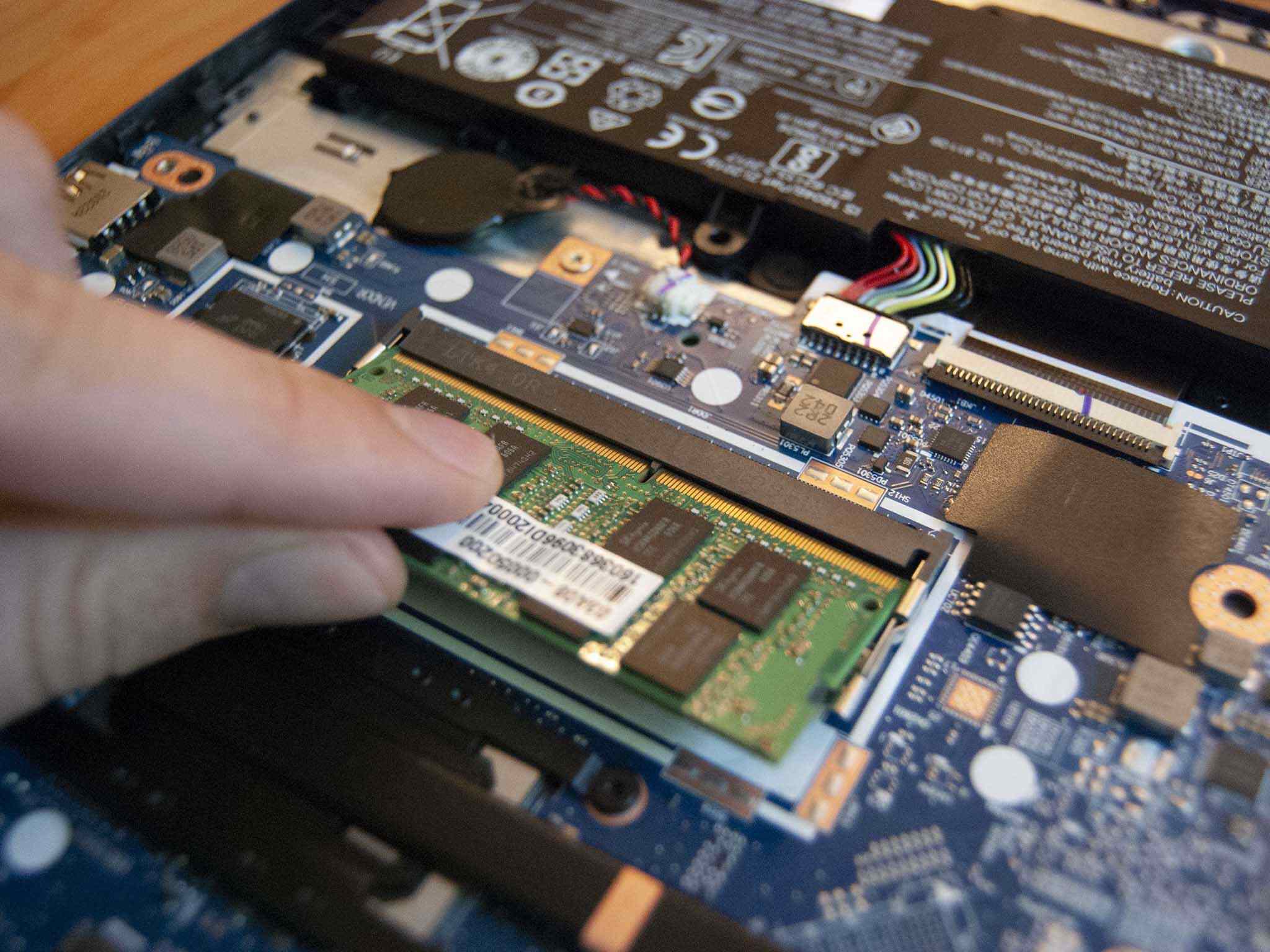Introduction
Welcome to the world of computers, where various components work together to deliver seamless performance. One such essential component is Random Access Memory (RAM). RAM plays a vital role in the overall functioning of your computer, enabling it to perform multiple tasks simultaneously. However, like any other hardware component, RAM can encounter issues that impact its performance.
Imagine working on an important project or playing your favorite game, only to be disrupted by frequent crashes, slow response times, or system freezes. These problems can often be attributed to faulty RAM. Understanding the signs of a faulty RAM, the common causes behind its failure, and the steps to troubleshoot and fix it can help you get your computer back on track.
In this article, we will explore the signs that indicate your RAM may not be working properly, discuss the common causes of RAM failure, and guide you through the troubleshooting steps to identify and resolve the issue. Additionally, we will provide guidance on how to test your RAM for errors and introduce potential solutions to fix the problems. So let’s dive in and uncover the mysteries of faulty RAM!
Signs of a Faulty RAM
Identifying the signs of a faulty RAM is crucial in diagnosing and resolving computer performance issues. Here are some common symptoms that may indicate your RAM is not functioning properly:
- Frequent System Crashes: If your computer consistently crashes and displays the infamous “blue screen of death” (BSOD) or restarts unexpectedly, it could be a sign of faulty RAM. These crashes usually occur when the computer attempts to access data stored in the problematic RAM module.
- Random System Freezes: Does your computer frequently freeze while performing regular tasks? This can be another indication of faulty RAM. When the RAM fails to communicate effectively with other components, it can cause the system to freeze temporarily.
- Slow Response Times: If you notice that your computer takes an unusually long time to open applications, load files, or perform operations, it could be due to faulty RAM. The slow response times are caused by the system’s inability to retrieve and store data efficiently in the RAM.
- Unexpected Error Messages: When your RAM is acting up, you may encounter error messages that suggest a memory-related issue. These error messages can vary but often mention phrases like “memory management error” or “low memory.”
- Missing or Corrupted Files: Faulty RAM can lead to data corruption or loss. If you are experiencing missing files, data corruption, or sudden file crashes, it could be a result of the RAM’s inability to properly store and retrieve data.
It is important to note that these symptoms can also be caused by other hardware or software issues. Therefore, it’s essential to perform a systematic process of elimination to determine if the RAM is the culprit.
Now that we’ve identified some of the signs of a faulty RAM, let’s delve into the common causes behind RAM failure and how you can troubleshoot the issue.
Common Causes of RAM Failure
Understanding the common causes behind RAM failure can provide insights into why your computer’s RAM may be malfunctioning. Here are some of the most common factors that can lead to RAM failure:
- Static Electricity: When handling computer components, including RAM modules, it’s crucial to ground yourself and use anti-static measures. Static electricity can damage sensitive electronic components, including RAM, and cause them to fail.
- Heat Buildup: Excessive heat can also contribute to RAM failure. If your computer’s cooling system is inadequate or blocked, it can lead to overheating issues that can damage the RAM over time.
- Overclocking: Overclocking your RAM to achieve higher performance can put additional stress on the module, potentially leading to overheating and failure. It is important to ensure that your RAM is properly rated for overclocking, and that you have adequate cooling measures in place.
- Incompatible RAM: Installing incompatible RAM modules or mixing different types or speeds of RAM can cause compatibility issues, resulting in RAM failure or system instability. Always refer to your computer’s manufacturer specifications when upgrading or installing RAM.
- Physical Damage: Accidents or mishandling of computer components can cause physical damage to the RAM. This includes dropping the module or placing excessive pressure on it, leading to a failure in its functionality.
- Power Surges: Power surges or unstable electrical supply can impact the performance and lifespan of your computer’s RAM. It is crucial to use surge protectors or uninterruptible power supply (UPS) devices to safeguard your computer against sudden electrical fluctuations.
By understanding these common causes, you can take precautionary measures to minimize the risk of RAM failure. However, if you suspect that your RAM is already faulty, it’s time to move on to the troubleshooting steps.
Next, we will discuss the essential troubleshooting steps to diagnose and resolve faulty RAM issues.
Troubleshooting Steps for Faulty RAM
If you suspect that your computer’s RAM is causing performance issues, it’s important to follow a systematic approach to troubleshoot the problem. Here are several steps you can take to identify and address faulty RAM:
- Restart Your Computer: Start by restarting your computer. Sometimes, a simple restart can resolve temporary issues and improve the performance of your RAM.
- Check for Loose Connections: Ensure that your RAM modules are securely seated in their slots. Sometimes, loose connections can cause RAM issues. Carefully remove and reinsert each module, ensuring they click into place properly.
- Clean the RAM Slots: Dust and debris can accumulate in the RAM slots, causing poor contact and potential connectivity issues. Use compressed air or a soft brush to remove any debris before reinstalling the RAM modules.
- Remove Non-Essential RAM Modules: If you have multiple RAM modules installed, try removing the non-essential ones and test the system with only one module at a time. This helps identify if a specific module is causing the issue.
- Update BIOS and Drivers: Outdated BIOS or incompatible drivers can sometimes cause RAM-related problems. Visit your computer manufacturer’s website and download the latest BIOS updates and driver installations for your specific model.
- Run Memory Diagnostic Tools: Utilize the built-in memory diagnostic tools in your operating system. For Windows users, you can access the Windows Memory Diagnostic tool by searching for it in the Start menu. This tool runs extensive tests to check for memory errors.
- Swap RAM Modules and Test: If you have access to spare RAM modules, try swapping them with the suspected faulty module. Test the computer’s performance with the new module to see if the issue persists.
- Consult a Professional: If you’ve exhausted the troubleshooting steps and are still experiencing RAM-related problems, it may be time to consult a professional computer technician. They can diagnose the issue more accurately and recommend appropriate solutions.
By following these steps, you can narrow down the cause of the issue and take appropriate action to resolve your faulty RAM problem. In the next section, we will explore how to test your RAM for errors using specialized software.
Testing RAM for Errors
When troubleshooting faulty RAM, it’s important to identify if the issue lies with the RAM itself or with other hardware/software components. To do this, you can perform a comprehensive test to check for any errors in your RAM. Here are some methods for testing your RAM:
- Memtest86+: Memtest86+ is a popular and reliable tool for testing RAM. You can download it for free and create a bootable USB or CD. Restart your computer and boot from the USB/CD, then let Memtest86+ run the tests. It will thoroughly analyze your RAM for errors and provide detailed results.
- Windows Memory Diagnostic: As mentioned earlier, Windows users can use the built-in Windows Memory Diagnostic tool. To access it, type “Windows Memory Diagnostic” in the Start menu search bar and follow the on-screen instructions. It will perform a series of tests to determine if your RAM is functioning correctly.
- Third-Party Diagnostic Software: There are various third-party diagnostic software available, such as HCI Memtest, PassMark MemTest, and Prime95. These software tools provide options for extensive RAM testing, including stress tests and multiple test patterns.
It’s recommended to run multiple rounds of tests to ensure accurate results. If any errors or failures are detected during testing, it is a strong indication of faulty RAM. In such cases, it’s time to take the necessary steps to fix the issue.
Now that you’ve tested your RAM for errors and identified potential faults, let’s move on to the next section, where we’ll discuss how to fix RAM issues.
Fixing RAM Issues
Fixing RAM issues can range from simple troubleshooting steps to more complex solutions. Here are some potential fixes to address faulty RAM problems:
- Reseat the RAM: Start by removing and reseating the RAM modules. Ensure they are properly inserted into the slots and firmly secured. Sometimes, a loose connection can cause RAM issues.
- Clean the RAM Slots: Dust and debris can accumulate in the RAM slots, leading to poor contact and connectivity problems. Use compressed air or a soft brush to clean the slots before reinstalling the RAM modules.
- Replace Faulty RAM Modules: If specific RAM modules are determined to be faulty after troubleshooting, replacing them with new ones may resolve the problem. Make sure to purchase compatible RAM modules that meet the specifications of your computer.
- Update BIOS: Outdated BIOS firmware can cause compatibility issues and contribute to RAM problems. Visit your computer manufacturer’s website and download the latest BIOS update specific to your model. Follow the instructions provided to update the BIOS.
- Check Power Supply: Insufficient or unstable power supply can affect the performance of your RAM. Ensure that your power supply unit (PSU) is sufficient to handle the power requirements of your computer and replace it if necessary.
- Underclock RAM: If you have been overclocking your RAM, it may be worth returning it to its default clock speed. Overclocking can put extra stress on the RAM and lead to instability. Consult your computer’s BIOS settings to adjust the RAM clock speed if needed.
- Update Device Drivers: Outdated or incompatible device drivers can cause RAM-related issues. Visit the manufacturer’s website for each device and download and install the latest drivers.
- Consult a Professional: If you have tried various troubleshooting steps without success, it may be necessary to consult a professional technician. They can perform in-depth diagnostics and provide specialized solutions to fix your faulty RAM.
Remember to take proper precautions, such as grounding yourself and disconnecting the power supply, when working with hardware components inside your computer.
With these potential fixes, you can strive to resolve RAM issues and restore the performance of your computer. However, if the problems persist or if you are uncertain about performing these steps yourself, seek professional assistance to avoid further complications.
Conclusion
RAM plays a crucial role in the performance of your computer, and when it encounters issues, it can cause a range of problems like system crashes, freezes, and slow response times. By recognizing the signs of faulty RAM, understanding the common causes of RAM failure, and following the appropriate troubleshooting steps, you can identify and resolve these issues effectively.
From reseating and cleaning RAM modules to replacing faulty RAM and updating device drivers, there are various solutions you can try to fix RAM problems. Running memory diagnostic tools, such as Memtest86+ or Windows Memory Diagnostic, can help you identify errors and determine if the RAM is the root cause of the issues.
However, it is essential to remember that not all RAM issues can be resolved through troubleshooting. In some cases, professional assistance or replacement of the faulty RAM modules may be necessary. Always exercise caution when working with hardware components and consult a professional if you are unsure about performing the steps on your own.
By being proactive in monitoring the performance of your RAM and addressing potential issues promptly, you can ensure the smooth operation of your computer. Take preventative measures to protect your RAM from static electricity, heat buildup, and power surges, and always install compatible RAM modules according to your computer’s specifications.
In conclusion, understanding the signs, causes, troubleshooting steps, and possible fixes for faulty RAM empowers you to tackle RAM-related issues effectively. By maintaining a healthy RAM, you can enhance your overall computing experience and avoid frustrating performance problems.







